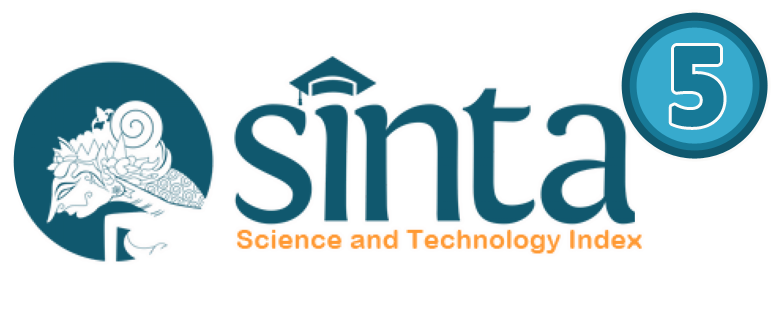CONSTRAINTS IN LEARNING SPANISH AS A FOREIGN LANGUAGE: A MIXED-METHOD STUDY
Abstract
Keywords
Full Text:
PDFReferences
Benabou, R. and Tirole, J. (2002), Self-Confidence and Personal Motivation,
The QuarterlyJournal of Economics, 117, (3), 871-915
Carson, Joan & Longhini, Ana. (2002). Focusing on Learning Styles and
Strategies: A Diary Study in an Immersion Setting. Language Learning.
401 - 438. 10.1111/0023- 8333.00188.
Chomsky, N. (1965). Aspects of the Theory of Syntax. MIT Press.
Creswell JW. & Plano Clark VL. (2011). Designing and conducting mixed
methods research. 2.
Los Angeles: SAGE
Dörnyei, Z. (1994). Motivation and Motivating in the Foreign Language
Classroom. The ModernLanguage Journal, 78(3), 273-284.
Dornyei, Z., Csizer, K. & Nemeth, N. (2006). Motivation, language attitudes
and globalisation: A Hungarian perspective. Clevedon [England]:
Multilingual Matters.
Ellis, R. (1994). A theory of instructed second language acquisition. In N. Ellis
(Ed.), Implicit and explicit learning of languages. Academic Press.
Hecker, L. (2006). Teaching Foreign Languages to Students with Learning
Differences. BrandeisUniversity.
Hellsten, M. (2002) Students in transition: needs and experience of
international students in Australia. Paper presented at the 16th Australian
International Education Conference, Hobart, Tasmania.
Hellsten, M. and Prescott, A. (2004) Learning at university: the
international studentsexperience. International Education Journal, 5,
(3), 344-351.
Khamprated, N. (2012). The problems with the English listening and speaking
of students studying at a private vocational school in Bangkok Thailand.
M.A. thesis, Srinakharinwirot University, Bangkok, Thailand
Kormos, J. (2020). Specific learning difficulties in second language
learning and teaching.
Language Teaching 53 (2), 129-143
DOI: https://doi.org/10.36269/sigeh.v3i2.2067
Refbacks
- There are currently no refbacks.

This work is licensed under a Creative Commons Attribution-ShareAlike 4.0 International License.
ISSN ONLINE: 2775-8834




1.png)










